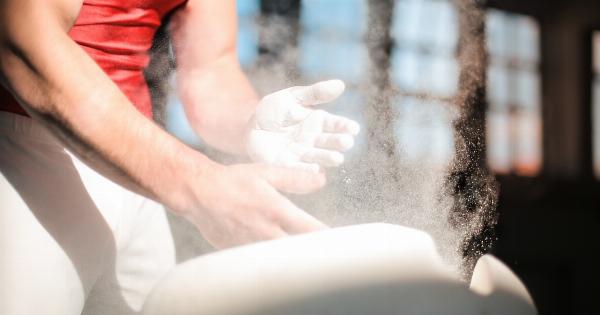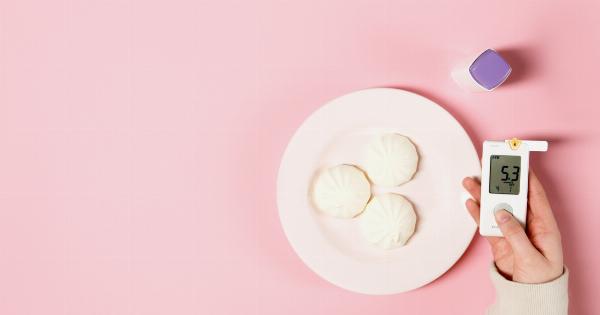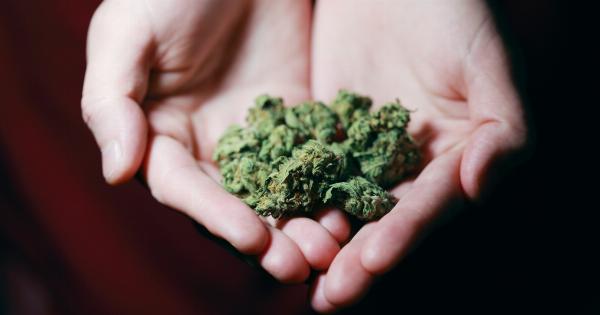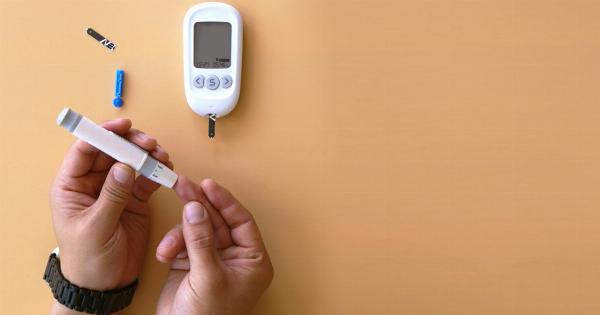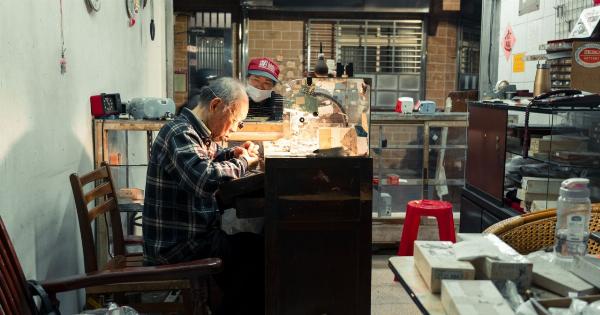Our skin is the largest organ in the human body. It plays a crucial role in protecting us from harmful environmental factors, such as UV radiation, bacteria, viruses, and extreme temperatures.
However, when our skin is exposed to high amounts of heat, it can cause serious damage, leading to burns. Burns may cause swelling, blistering, redness, and pain. In severe cases, they can even be life-threatening. Let’s examine the different types of burns and how they affect our skin.
Types of Burns
There are three types of burns: First-degree, second-degree, and third-degree burns.
First-Degree Burns
First-degree burns are the mildest type of burn. They are characterized by redness, swelling, and pain. First-degree burns only affect the outer layer of the skin (epidermis). Sunburn is an example of a first-degree burn.
Second-Degree Burns
Second-degree burns are more severe than first-degree burns. They affect the epidermis and the layer beneath it (dermis). Second-degree burns cause blistering, swelling, and severe pain. These burns may take longer to heal, and they may leave scars.
Third-Degree Burns
Third-degree burns are the most severe type of burn. They affect all the layers of the skin, including the fat, muscle, and bone beneath it. Third-degree burns cause white or blackened skin, a leathery texture, and severe pain.
These burns can be life-threatening and require immediate medical attention.
How Does Skin React to Burns?
When our skin is exposed to heat, it reacts in different ways depending on the severity and duration of exposure.
Inflammatory Response
When our skin is exposed to heat, it triggers an inflammatory response. During this response, the blood vessels in the affected area dilate, causing increased blood flow to the area. This increased blood flow causes redness and swelling.
The inflammatory response also activates the immune system to fight off any pathogens that may have entered through the burned skin.
Fluid Loss
Burned skin loses its ability to retain fluids due to damage to the pores and sweat glands. This can lead to dehydration and electrolyte imbalances, which can be life-threatening in severe cases.
Necrosis
Necrosis is the death of cells or tissues due to damage. Severely burned skin can undergo necrosis due to the damage caused by heat. This can cause the skin to turn black or white and lose sensation.
Blisters
Blisters are fluid-filled sacs that form in response to second-degree burns. Blisters serve as a protective layer for the healing skin underneath. However, if the blisters burst, the skin underneath is exposed, increasing the risk of infection.
Scarring
Burns that affect the dermis can cause scarring. Scarring occurs as the body tries to repair the damaged skin tissue. The severity of the burn and the size of the affected area determine the extent of scarring.
Treating Burns
The treatment of burns depends on the severity and location of the burn.
First-Degree Burns
First-degree burns can usually be managed at home by running cool water over the burned area for about 10 minutes. This helps to reduce pain and swelling. Applying aloe vera gel or a moisturizer can help soothe the skin.
Over-the-counter pain relievers such as ibuprofen can also help reduce pain.
Second-Degree Burns
Second-degree burns require medical attention. In some cases, the blisters may need to be drained to prevent infection. The burned area may need to be covered with a sterile dressing to prevent further damage.
Prescription pain medication may be needed to manage pain. Antibiotics may also be prescribed to prevent infection.
Third-Degree Burns
Third-degree burns require immediate medical attention. In severe cases, hospitalization may be necessary. Treatment may include skin grafts to replace the damaged tissue, pain medication, and antibiotics to prevent infection.
Preventing Burns
The best way to prevent burns is to avoid exposure to high levels of heat. This means maintaining proper safety precautions when using hot appliances, such as stoves or irons.
Also, avoiding prolonged exposure to sunlight without protective clothing can help prevent sunburns.
Conclusion
Our skin is our first line of defense against the environment, but when it is exposed to excessive heat, it can cause serious damage. The severity of a burn depends on the degree of tissue damage.
Our skin reacts to burns by triggering an inflammatory response, causing fluid loss, undergoing necrosis, forming blisters, and scarring. Knowing how to prevent and treat burns is crucial in maintaining healthy skin.





